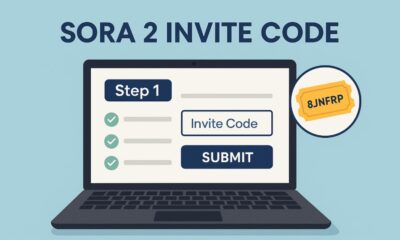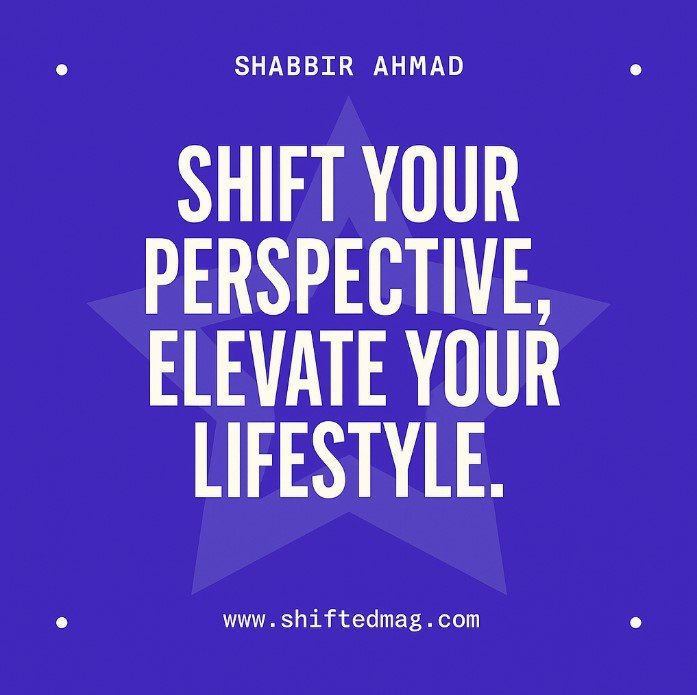Education
From Idea to Impact: Your First Steps in Creating Educational Content

More educational resources are now available to the public than ever before, and that’s allowing countless people to build their knowledge, grow their skills, advance their careers, and make more informed decisions. At this point, consumers know that almost anything they need to learn is essentially right at their fingertips. All they need to do is conduct an online search to find the information, courses, and other resources they’re looking for.
If you’re interested in creating educational content, you’ll need to do more than compile your knowledge and offer it to the public. You need to provide content that catches people’s attention and holds it long enough for them to benefit from it. Successful content creation for educators involves providing viewers valuable information in a format that truly speaks to them and is easy for them to understand. The following steps can help you do just that.
Know Your Audience
First of all, it’s important to know your audience when you’re creating educational content. Take time to delve into who you’ll be speaking to and develop an in-depth understanding of their specific needs. How old are they? What do you need to teach them? Are they beginners to the world you’re opening up to them, or do they already have previous knowledge of it? This first step in content creation will help you tailor your material to viewers’ unique needs and expectations. It’ll also help you to more effectively keep their attention and ensure they understand your content.
Plan Your Content
From there, you’ll need to develop a thorough plan for your content. Determine exactly what you want to teach viewers, and break your important points into smaller segments or modules. Arrange them in a logical format, providing the basics first before incrementally digging deeper. That’ll give them information in more manageable sections and make your content flow more smoothly. Developing a plan before actually creating your content will also ensure you don’t leave out any important details or tools and resources that will be helpful to your learners.
Use Graphics and Video
Graphics, video, and other visual elements are essential tools in educational content. They add volumes of information without relying on the written word alone. After all, if a picture is worth a thousand words, graphics can be worth tens of thousands, and videos and interactive elements may be worth millions. Visual elements tend to hold people’s attention more effectively than written text, and they can greatly improve information retention rates. Studies show that people generally only remember about 10 percent of the information they read, but they remember 65 percent or more of the visual content they see.
It’s important for your visuals to be relevant to your lessons, though. At the same time, be sure those elements work properly before sending content out to your audience. Otherwise, they may detract from the effectiveness of your lessons rather than adding to it.
Have the Right Content Creation Tools
Having the right content creation resources to work with is crucial as well. Those can include high-quality video recording and livestreaming equipment, graphic design tools, content management software, and many other solutions. Numerous options are at your disposal. Some resources are multifunctional; they give you extensive versatility in a single device. Keep in mind that those resources need to be as user friendly as possible so you can use them to your fullest benefit as well as that of your audience.
Creating Effective Educational Content
Whether you’re creating educational content for schools, businesses, marketing, or any other purpose, you need to make sure it achieves the results you and you’re looking for and gives your audience members what they need. The steps mentioned here can help. From tailoring your materials to your audience’s needs to allowing you to incorporate dynamic elements, they’ll empower you to create truly successful educational content.
-

 Tech2 months ago
Tech2 months agoSora 2 Invite Code: How to Get One (Step-by-Step Guide)
-

 Social Media2 months ago
Social Media2 months agoWhat the “67” TikTok Meme Really Means
-

 Business2 months ago
Business2 months agoDubai Freezone Company Formation: From Name Reservation to Bank Account
-

 Tech2 months ago
Tech2 months agoWhat To Do When Your Business Faces Network Vulnerabilities






